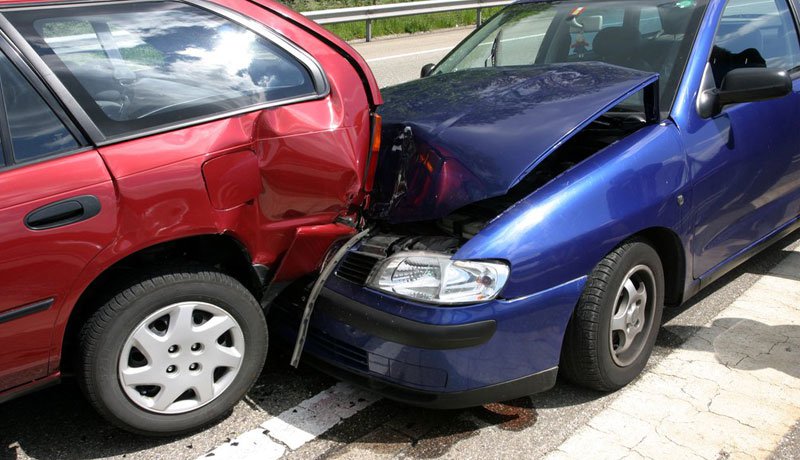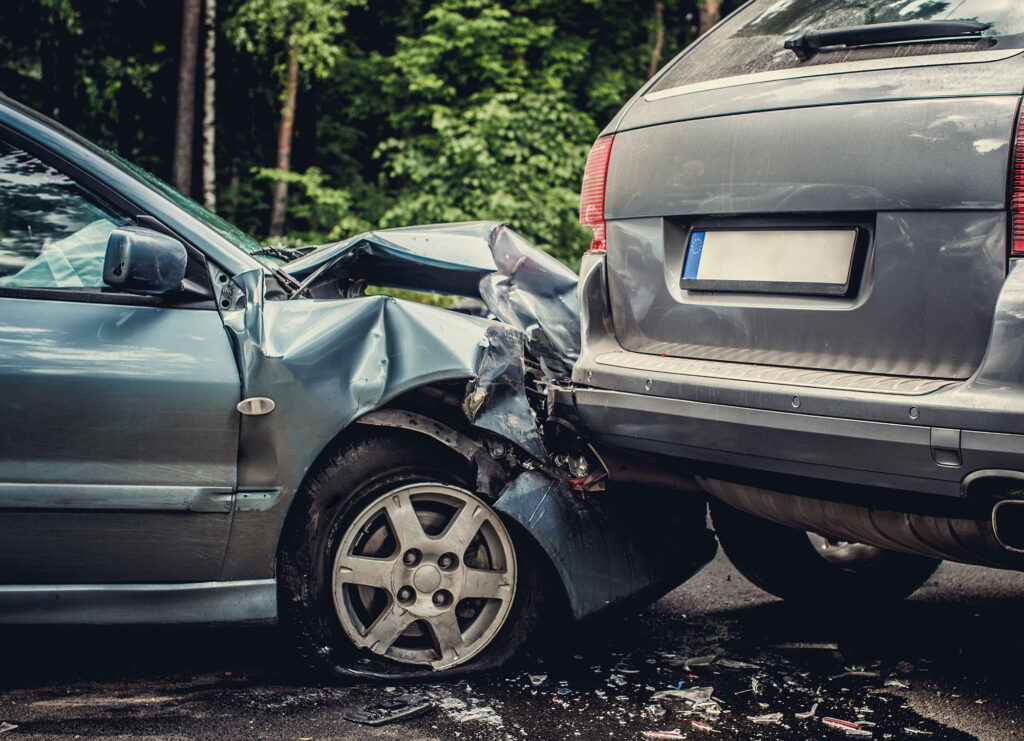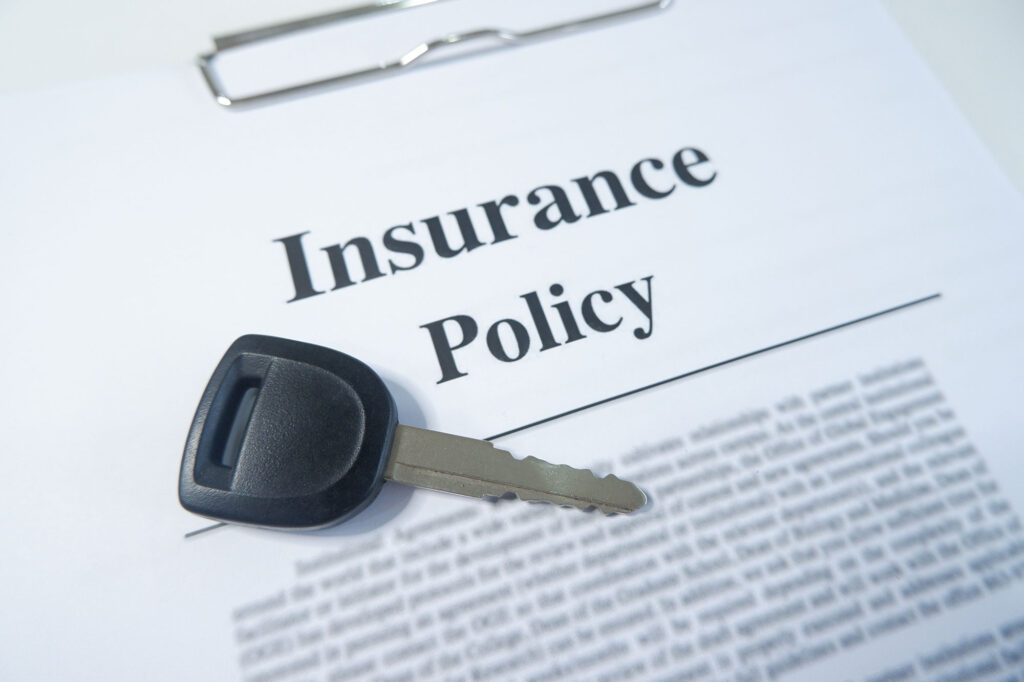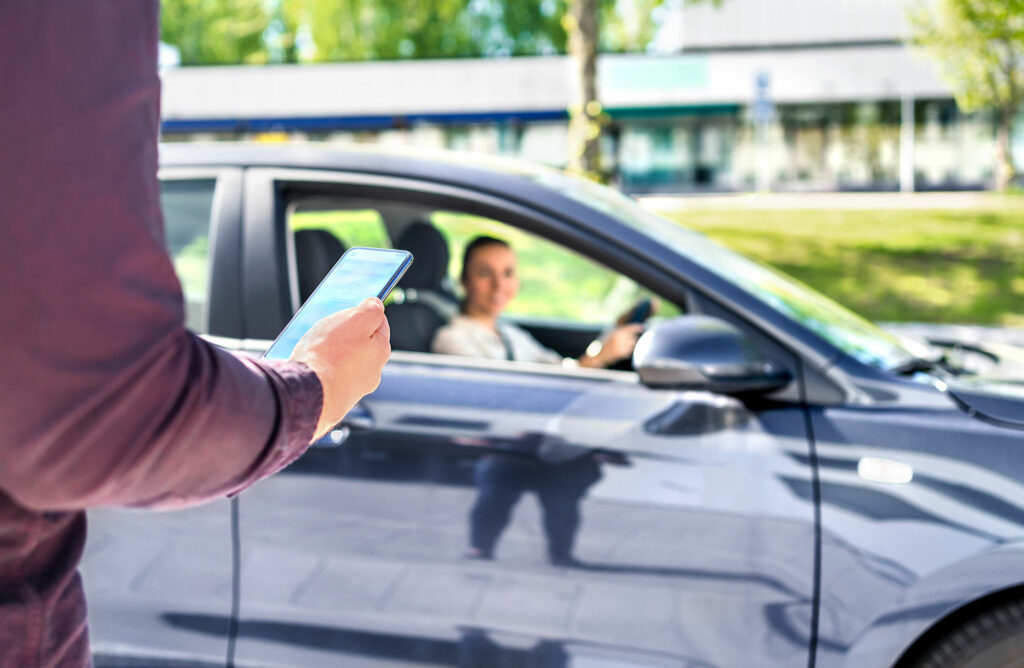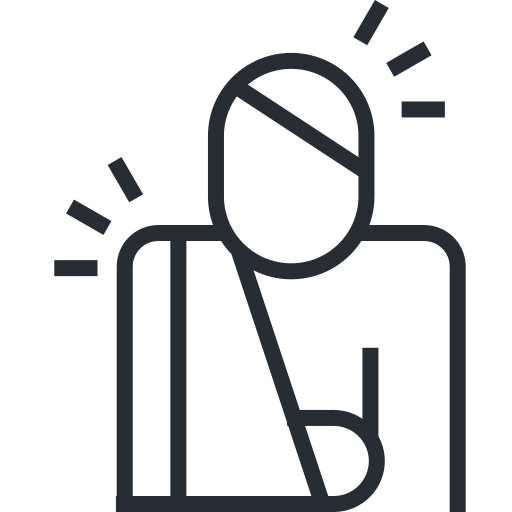Rear-end car accidents are one of the most common accident on Houston roadways and highways. According to the National Highway Traffic Administration (NHTA), rear-end collisions account for about 23% of all motor vehicle accidents. This results in nearly 2,00 fatalities and near one million injuries.
Attorney Javier Marcos can help you recover damages from these types of accidents. In this article, you will read about how rear-end accidents occur, the damages they can cause and how you can get compensated for your pain, suffering and losses.
Common Causes of Rear-end Collision Accidents
Rear-end collisions are one of the most frequent types of car accidents. Several factors contribute to these accidents, including:
Tailgating: Following a vehicle too closely reduces reaction time and can lead to rear-end collisions if the front car suddenly slows down or stops.
Distracted Driving: Activities like texting, talking on the phone, eating, adjusting the radio, or even daydreaming can divert a driver’s attention from the road and increase the likelihood of rear-ending another vehicle.
Speeding: Driving at excessive speeds reduces the time available to react to sudden changes in traffic flow and can lead to rear-end collisions if a driver can’t stop in time.
Sudden Stops: Unexpected stops due to traffic conditions, pedestrian crossings, or road obstructions can result in rear-end collisions, especially if the following driver isn’t paying attention.
Poor Weather Conditions: Rain, snow, ice, fog, or other adverse weather conditions reduce traction and visibility, making it harder for drivers to stop in time to avoid collisions.
Faulty Brakes or Vehicle Malfunction: Malfunctioning brakes or other vehicle issues may prevent a driver from stopping in time to avoid a collision.
Road Hazards: Potholes, debris, or uneven road surfaces can cause a driver to brake suddenly, leading to a rear-end collision if the following driver isn’t maintaining a safe distance.
Fatigue or Drowsy Driving: Being tired or falling asleep at the wheel can impair a driver’s reaction time, increasing the risk of rear-end collisions.
Aggressive Driving: Tailgating, sudden lane changes, or aggressive maneuvers increase the likelihood of rear-end collisions, especially in heavy traffic.
Inexperienced Drivers: New or inexperienced drivers may have difficulty judging safe stopping distances or reacting appropriately to sudden changes in traffic.
To prevent rear-end collisions, it’s crucial for drivers to maintain a safe following distance, stay attentive and focused on the road, obey speed limits, anticipate potential hazards, and ensure their vehicle is well-maintained. Defensive driving techniques can significantly reduce the risk of being involved in a rear-end collision.
Common Injuries Associated with Rear-end Collision Accidents
Rear-end collisions can cause a range of injuries, varying in severity depending on factors such as the speed of the vehicles involved, the angle of impact, the use of seat belts, and the presence of airbags. Some common injuries associated with rear-end collisions include:
Whiplash: This is one of the most common injuries in rear-end collisions. It occurs when the head and neck are jerked forcefully backward and then forward, straining the soft tissues in the neck. Symptoms may include neck pain, stiffness, headaches, and shoulder or back pain.
Soft Tissue Injuries: Apart from whiplash, other soft tissues in the body, such as muscles, ligaments, and tendons, can be strained or sprained due to the sudden impact. These injuries can cause pain, swelling, and limited mobility.
Back Injuries: The force of a rear-end collision can cause various back injuries, such as herniated discs, spinal fractures, or damage to the spinal cord, leading to chronic pain, numbness, tingling, or even paralysis in severe cases.
Head Injuries: The head can strike the steering wheel, dashboard, or headrest, causing concussions, traumatic brain injuries (TBIs), or other head traumas. These injuries may range from mild to severe and can result in long-term cognitive issues, memory problems, or personality changes.
Chest Injuries: In a rear-end collision, the chest may be impacted by the seat belt or steering wheel, leading to contusions, bruising, or even fractures of the ribs or sternum.
Facial Injuries: Airbag deployment or impact with the steering wheel or dashboard can cause facial fractures, cuts, bruises, or dental injuries.
Psychological Impact: Being involved in a collision can also lead to emotional trauma, including anxiety, depression, post-traumatic stress disorder (PTSD), or a fear of driving or being in vehicles.
Injuries sustained in rear-end collisions may not always be immediately apparent, and some symptoms might manifest days or even weeks after the accident. Seeking medical attention after an accident, even if you feel fine initially, is important to ensure any underlying injuries are diagnosed and treated promptly.
It’s essential to document injuries, seek medical treatment, follow prescribed therapies, and, if necessary, consult with legal professionals to understand your rights regarding compensation for medical expenses, lost wages, and pain and suffering resulting from the accident.
Things to do when involved in a rear-end collision accident
If you have been rear-ended in an accident, the steps you need to take are the same as any accident. Follow these steps to ensure your health and safety as well as strengthen your injury claim.
- If you have been injured, seek medical attention immediately. Even if you think you may be alright, there could be damage that may not manifest initially. Be evaluated by medical professionals that can help document your injuries.
- Contact local police to report the accident. Do not depend on the person who hit you to “do the right thing.” The accident should be documented by local authorities for the insurance companies.
- If possible, exchange information with the person that hit you. Feel free to take photos of their drivers license and insurance.
- While you are taking photos, take some of the accident scene as well as both vehicles. Even if the damage seems minor, there could be internal damage that you cannot see.
- Tell the police objective facts that answer their questions. Do not elaborate. Do not post your accident on social media. Insurance companies are notorious for finding ways to minimize the financial payout.
- Seek out an experienced personal injury attorney. They can help you navigate the insurance company claim as well as inform you of what you may be entitled to. Attorney Javier Marcos works on a contingency basis which means no out of pocket expenses for you. He collects a percentage of what he gains for you in the case. Either way, your consultation are free.
Contacting a personal injury lawyer in rear-end accidents is always a good idea. Insurance companies will work hard to pay out as little as possible. They are not in it for your best interest. Your personal injury attorney will be on your side. Attorney Javier Marcos will fight for all the money you deserve for your pain, suffering and loss. Records prove that people who retain an attorney typically get up to 40% more in compensation than simply accepting the insurance company’s offer.

